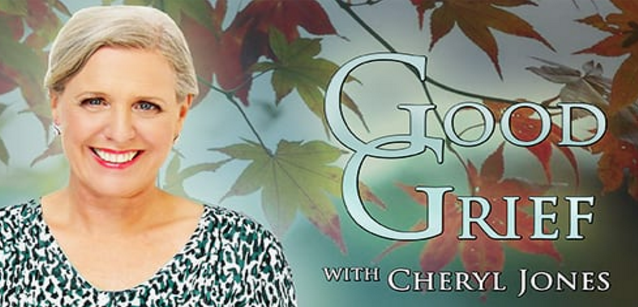Acute care remains outrageously and disproportionately the receiver of funding and attention.
Mary O’Hara writes about palliative care specialist BJ Miller and his efforts to promote palliative care in America and Britain.
Miller wants to shift the focus in medicine from strictly managing pain but to also improving quality of life for the patients struggling with an illness, disease or disability. He argues that as humans are living longer with chronic or degenerative diseases “people at the end of their lives often do not have access to the services they need, and with an aging population demand continues to grow.”
Hospitals have been places to keep older or dying individuals and that is simply wrong. “…acute care remains outrageously and disproportionately the receiver of funding and attention.” Our healthcare system is not designed for palliative care. Miller argues that we should “concentrate spending on residential hospices, more home care services, video conferences and teleconferencing to reach people in rural areas. These things exist. They just need to be developed and amplified.” Miller further argues that palliative care can actually be cost-effective. While the article does not site the studies used to determine that statement I have linked several studies that have looked into that question.
To make impactful change more people need to know what palliative care is. People need to understand all the benefits and support that come with it.
Support cost effectiveness of palliative care
Evidence on the cost and cost-effectiveness of palliative care: A literature review
Cost Effectiveness of a Palliative Care Program in a Rural Community Hospital
Cost-Effectiveness of Palliative Care: A Review of the Literature
Palliative Care Consultation Teams Cut Hospital Costs For Medicaid Beneficiaries

